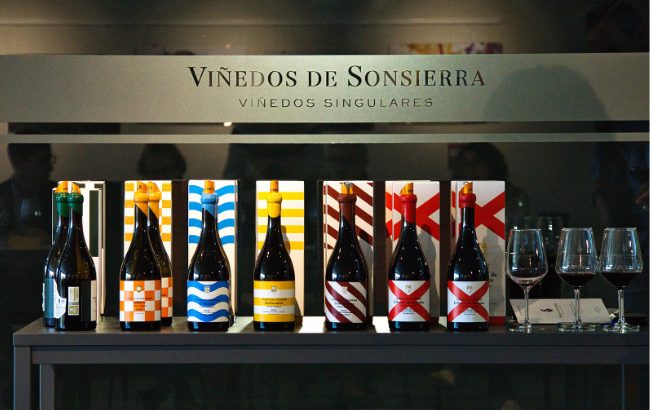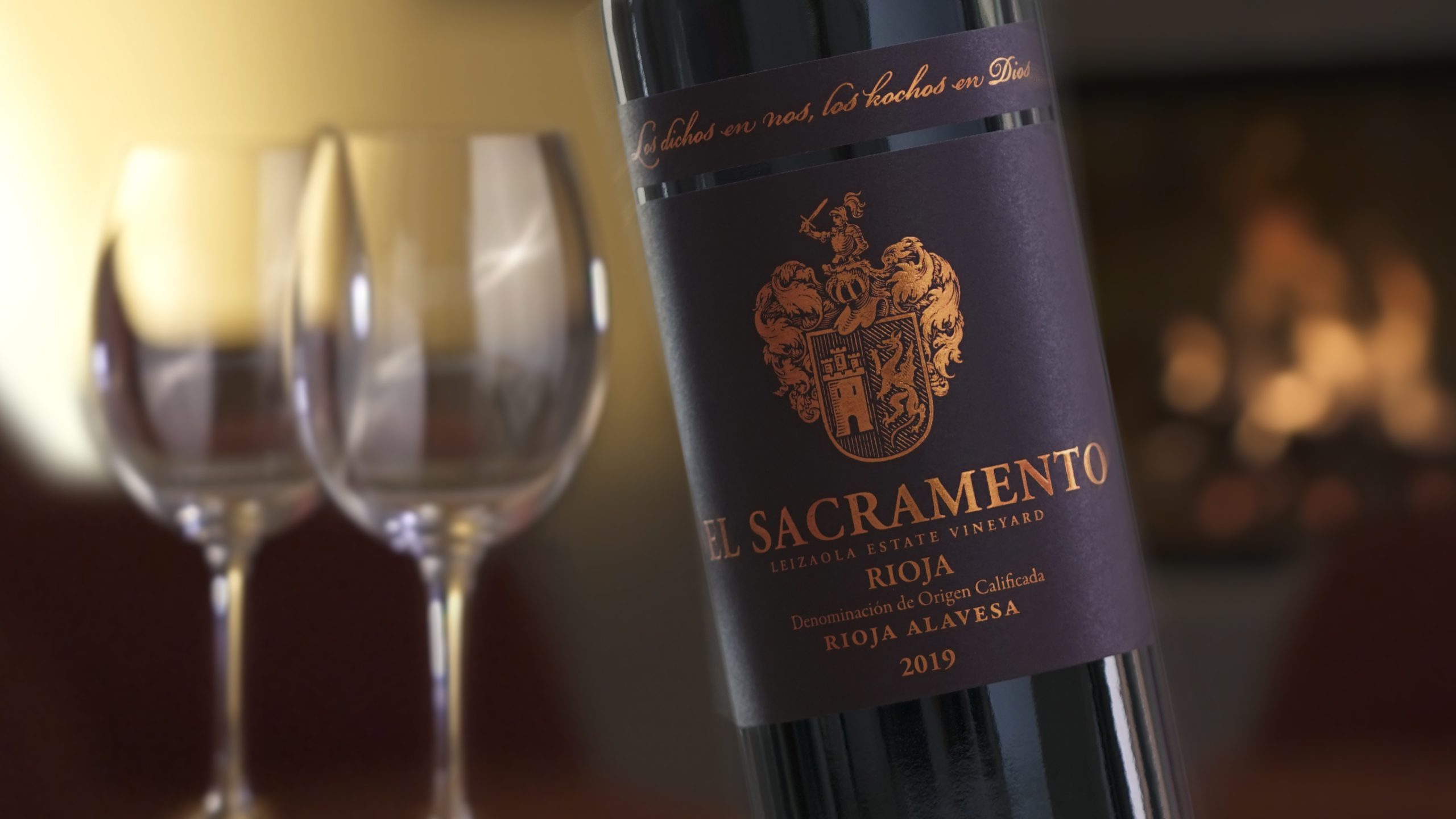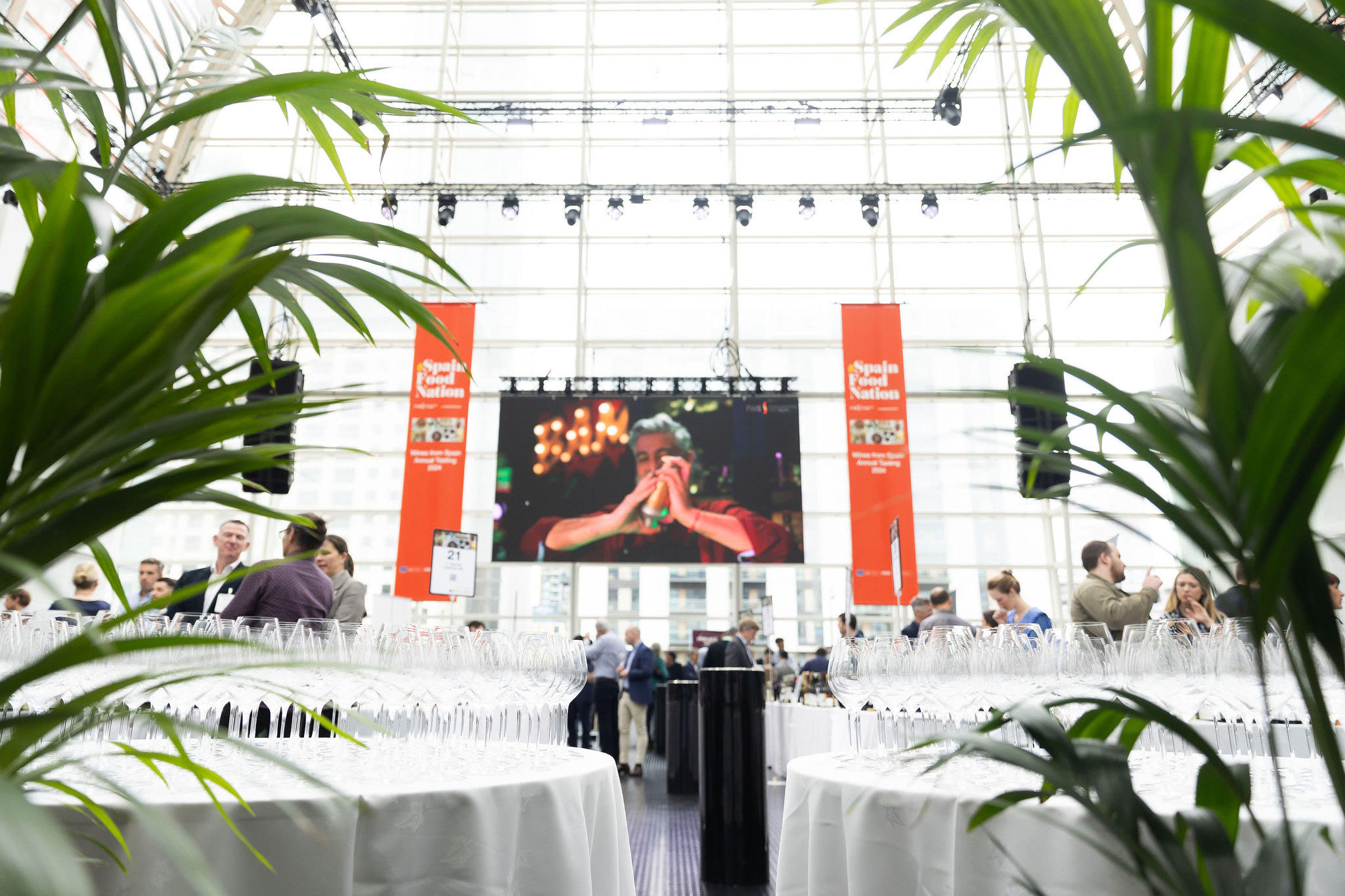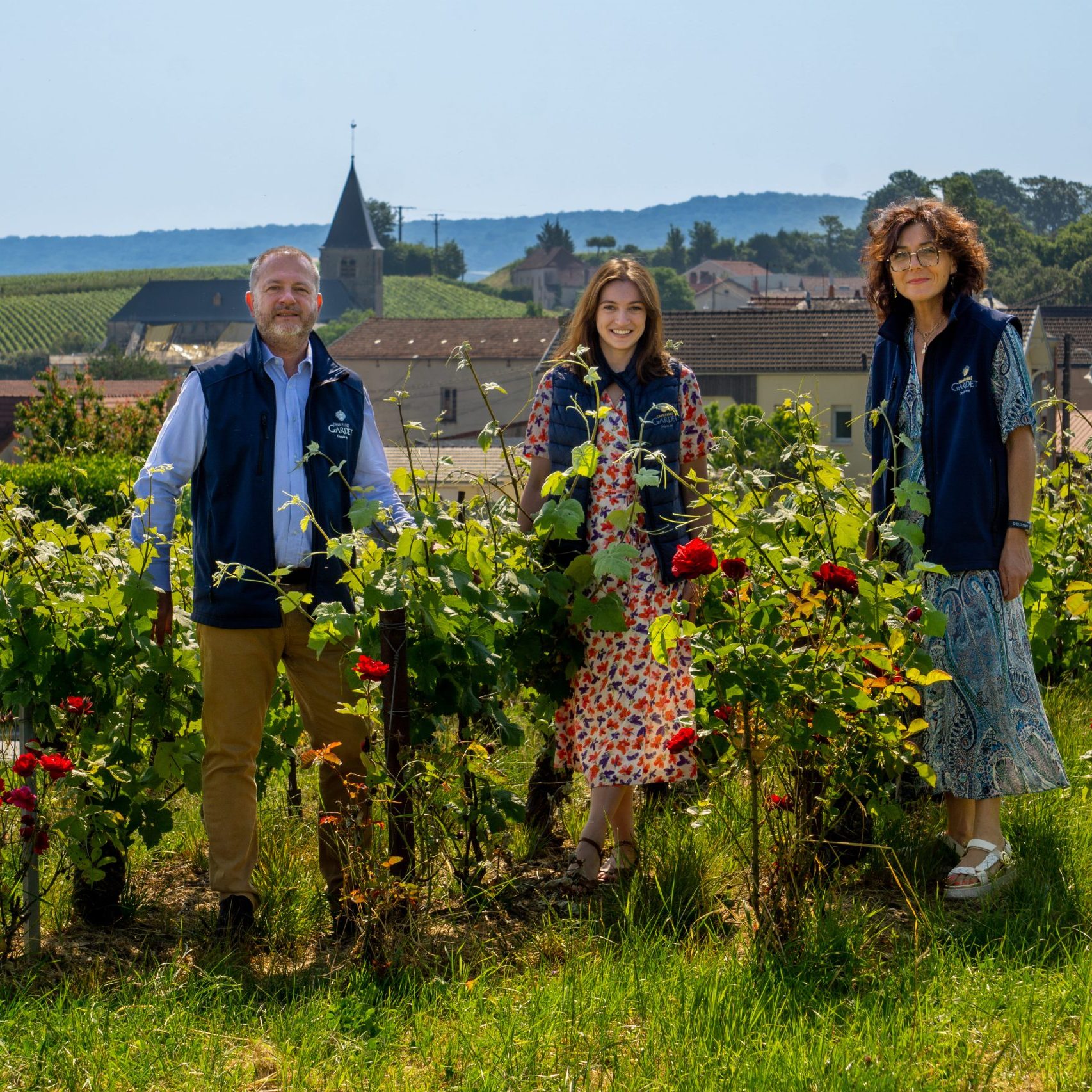Hospices de Beaune 2023 barrel will ‘twin’ with Notre Dame spire
By Arabella MilehamThe Presidents’ Piece, the highlight of the annual Hospices de Beaune sale, which this year takes place on 19 November, will ‘twin’ with the spire of the famous Notre Dame, having been made out of part of a 220- year-old tree used in the rebuilding of the famous French cathedral.

According to the organisers, the special cask for the 163 edition of the sale is being made from the surplus wood of an ancient tree that was used to restore the spire of Notre Dame in Paris.
Following the fire that destroyed the spire at Notre Dame in Paris, it was discovered that restoration works could be done using similar methods and wood to those employed by medieval architects, masons and engineers, thanks to a study by the chief architect of historic monuments, Rémi Fromont.
In 2021, the d’Harcourt family, which owns the Domaine de Vibraye forestry group (Sarthe) donated 10 ancient trees for the restoration of the cathedral’s
nave and spire. One of these, a 220-year-old trees from the Vibraye forest measured 19 metres – however the architects only needed 15.5 metres and Bernard D’Harcourt, manager of Sarthe and his father decided to donate the remaining wood to the Hospices de Beaune for the “Presidents’ Piece’ charity barrel. The wood was split into staves by a fourth-generation stave-maker the Barraud stave mill in Charente and made into barrels by cooperage company Cadus in Beaune.
Charity auction
Appropriately, in view of the age of the wood, the ‘Presidents’ Piece will be sold for charity that champions the cause of “ageing well”. The funds will be used for research into the brain and genes that can delay the ageing process, Alain Suguenot, Mayor of Beaune and Chairman of the Hospices Civils de Beaune Supervisory Board said.
Marie-Catherine Moraillon, acting director of Hospices Civils de Beaune noted that the that hospital was already involved in a regional project for seniors with the EHPADs of the Groupement Hospitalier de Territoire du Sud Côte d’Or. “The primary aim of this initiative is to adapt the care and support offered to the needs of the elderly, to enable them to remain at home, in good health, for as long as possible,” she said.
One of the challenges for the future is to provide a scientific response to the ageing of the population, she added, hence the additional research element to prevent and “combat the pathologies of old age, and to propose solutions to improve longevity in good health”
This year’s sale – the third consecutive year that the sale is being conducted by Sotheby’s – will see a series of tastings around the world, in Hong Kong, Taipei, Singapore, Houston, Los Angeles and Mexico City, in order to “further enhance the reputation of the Hospices and showcase the excellence of its expertise internationally” Marie-Anne Ginoux, managing director Sotheby’s France said.
Last year the auction raised a whopping €31 million (US$32 million) – the highest ever total for a charity wine auction and a new record for a wine auction at Sotheby’s. It was one of the largest sales in the auction’s history, with 802 Barrels from the 2022 harvest offered representing 51 cuvées.
Partner Content
“Last year’s record sale result is a perfect illustration of the steady growth in sales of Burgundy wines and our position as world leader in wine and spirits, with a record total of $158 million in auction sales in 2022,” Ginoux added.
Organic conversion
This year also marks the third and final year of organic conversion of the 60-hectare estate – with Ludivine Griveau, manager of the Hospices de Beaune wine estate admitting that it had not been an easy year due to the conditions.
“Given the difficulties and adversity of this 2023 vintage, if we succeed this year organically, I’m sure we’ll be able to make quite a few!” she said.
2023 was, the estate said “a diverse and surprising” vintage, starting with a mild winter and very little rain leading to a water deficit until February, when the situation reversed and rains fell. Subsequent storms over the spring and summer had a “significant impact”, particularly the storm of 11 July, although the vineyard was “saved… from disaster” due to the fairly narrow area affected.
September’s heatwave was described as ” a climatic hazard”, making it more difficult to make decisions in the vineyard.
“Very quickly, the quantity was such that we thought we’d have a harvest close to 2022, but the diverse rainfall, water conditions and the context of the weather meant that the growth of the vines was very slow,” Griveau said. ” The vines were irregular within the same plot or from one plot to another. 2023 should therefore be singled out for its highly diverse nature.”
The subsequent harvest was “meticulously” sorted in both the vineyards and in the winery with the focus firmly “on quality rather than quantity”, it added. Vinification has been “going very well” it said, with the whites fermenting efficiently and a fairly severe settling to remove the lees, “which were not of sufficient quality”.
The whites are set to be “very pure aromatically, with good body, quite voluptuous on the palate, and good levels of acidity,” the estate noted, while the reds are already showing “lovely colour and polyphenolic richness” .
Related news
Should Rioja increase its focus on white wine?
The 'family spirit' behind Champagne Gardet's 130th anniversary




